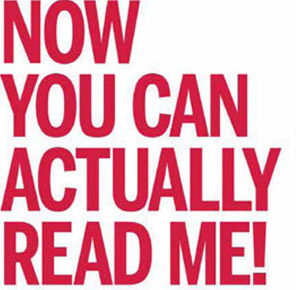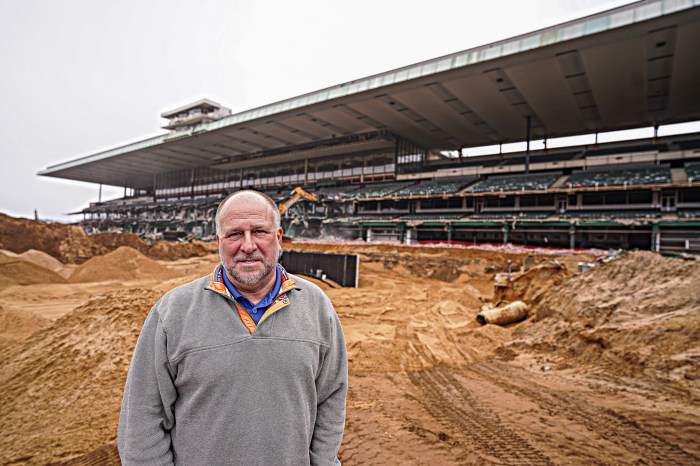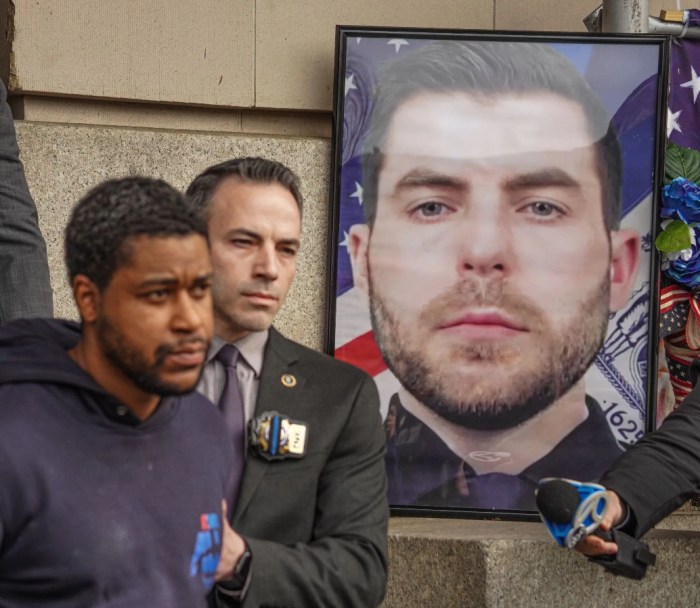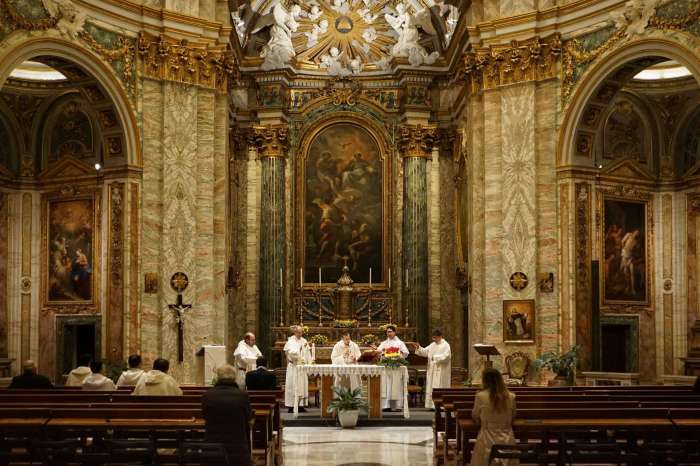BY ALAN KRAWITZ | “Sign, sign, everywhere a sign, blockin’ out the scenery, breakin’ my mind.” Those lyrics from the 1970s song “Signs” could also apply to some Downtown residents’ wariness about a new program intended to help people navigate city streets.
The new city initiative, scheduled to begin later this spring, will include the placement of about 150 “way-finding” signs in neighborhoods throughout Manhattan, Brooklyn and Queens. The neighborhoods in Manhattan will reportedly include Midtown, plus Chinatown and Soho.
According to the Department of Transportation, the program is part of a citywide effort, first announced in 2011, to make the streets easier to get around and more accessible for locals and visitors by providing “clear and readable signage” for cyclists, pedestrians and drivers to better find key locations, such as landmarks and attractions.
While D.O.T. was publicly sketchy on the program’s specifics — a spokesperson said the agency would provide an update “when available” — some details have slowly leaked out.
And, many of those details, such as the programs’ reported $6 million price tag and signs that will stand more than 8 feet tall at busy intersections, have some locals questioning whether the signs will be more hindrance than help.
One pressing concern of many Soho residents is the placement of signs at busy intersections, possibly resulting in obstructed views for drivers and danger for pedestrians.
Soho activist Lora Tenenbaum said that a proposed way-finding sign at the corner of Broome and Lafayette Sts. would be dangerous since the intersection has a history of accidents caused by traffic turning too quickly from Lafayette onto Broome.
Georgette Fleischer, founder of Friends of Petrosino Square, said, “It is upsetting that D.O.T. is placing two large ‘area kiosks’ at the corner of Lafayette and Broome… . Furthermore, Lafayette and Broome is one of four corners in our area identified last year by Community Board 2’s Traffic and Transportation Committee as in traffic crisis.”
Fleischer said that corner in particular, where gridlocked vehicles on Lafayette struggle to turn onto Broome en route to the Holland Tunnel, is “mayhem.”
She added that last year, C.B. 2 requested that D.O.T. simplify the clutter of signage already there, much of it blocked by building scaffolding and other traffic signs, and the rest obscured by graffiti and advertising stickers.
“In what has become typical of our experience of D.O.T., we no sooner plead for calming of dangerous existing conditions than D.O.T. imposes another high-concept initiative that brings clamor and more overcrowding,” Fleischer said.
For its part, D.O.T. claims past surveys showed many New Yorkers and visitors were getting lost in neighborhoods around the city and could benefit from improved signage. The agency also said the signs would encourage walking and help boost local business activity.
But, Soho Alliance Director Sean Sweeney believes the way-finding signs are unnecessary and frivolous in comparison to Soho’s other, more pressing transportation problems that need to be addressed.
“Don’t you think that the money [for the way-finding signs] would be better spent fixing the appallingly broken crosswalks on Mercer and Greene Sts. that Commissioner [Manhattan D.O.T. Commissioner] Forgione has been promising to repair for years, but claims she cannot, due to lack of funding at D.O.T.?” Sweeney asked, in a letter to a department contact for the way-finding program.
“Is helping tourists find north from south more urgent than preventing further accidents and broken bones to our citizenry?” he continued.
Sweeney also noted that most tourists in Soho and elsewhere in the city have maps in their hands or smart phones to provide directions.
Simeon Bankoff, executive director of the Historic Districts Council, also was skeptical of the way-finding signage program.
“We haven’t seen the specific proposal yet but they’re bound to add visual clutter to an already chaotic streetscape,” Bankoff said.
“As we understand, they’re supposed to be 8 feet tall and doubtless will be the target for all manner of stickers and other graffiti,” Bankoff added. “New York City has a reasonably understandable grid system — even Downtown — and everyone either knows where they’re going or has a cell phone or informational device in their pocket now. So adding to crowded streets with necessarily limited way-finding signage just seems like a waste of space, money and resources.”
Moreover, Sweeney and C.B. 2 have been asking D.O.T. to return and give a presentation to the board’s Landmarks Committee since some of the proposed placards will be placed in Soho’s historic district. D.O.T. did make a brief presentation to the board’s Traffic and Transportation Committee in March but has not responded to subsequent invitations.
“C.B. 2 has the most historic districts in the city, so it is not only Soho that will be affected, but also Greenwich Village, the South Village and NoHo,” Sweeney said. “The New York City Independent Budget Office has demonstrated that landmarking increases the property value of historic districts. These monoliths are perhaps more appropriate for “2001: A Space Odyssey” than a landmarked district,” he scoffed of the oversized signs.
Tenenbaum added, “We have so many needs for D.O.T. action in Soho and Petrosino Square — and to see millions spent on this, which will only detract from the quality of life in our area by cluttering up our streets more, is just disheartening.”
















